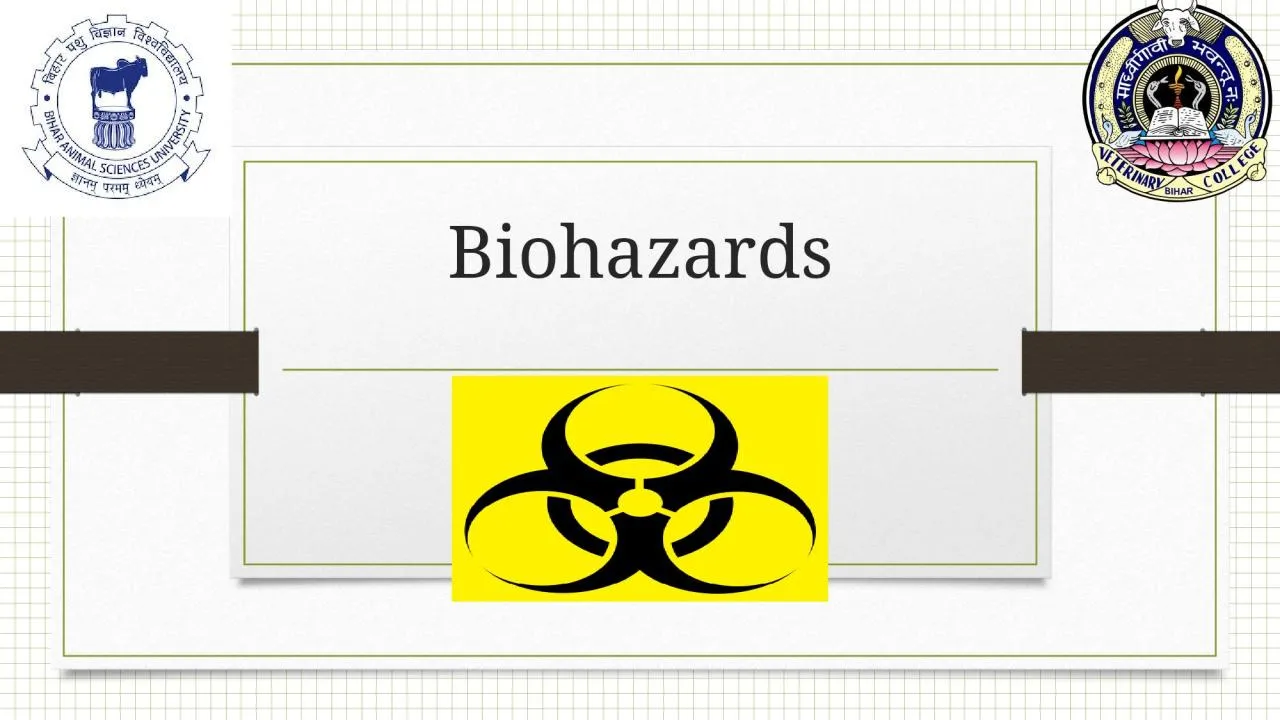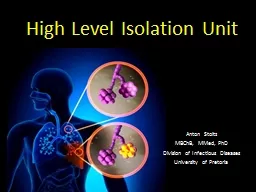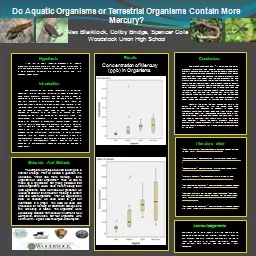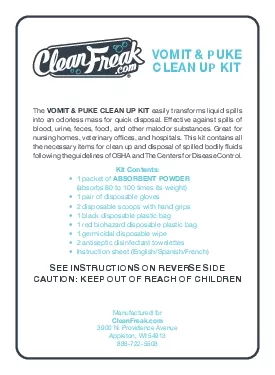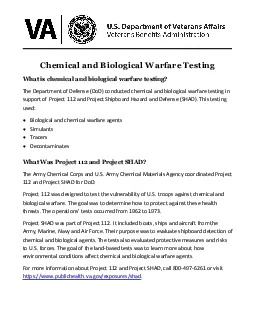PPT-Biohazards Biohazard: Biological hazards refer to organisms or organic matters produced
Author : madison | Published Date : 2022-05-31
These include bacteria virus parasites fungi and their toxins These may cause harm to human in the form of infections allergy and poisoning Biosafety The containment
Presentation Embed Code
Download Presentation
Download Presentation The PPT/PDF document "Biohazards Biohazard: Biological hazard..." is the property of its rightful owner. Permission is granted to download and print the materials on this website for personal, non-commercial use only, and to display it on your personal computer provided you do not modify the materials and that you retain all copyright notices contained in the materials. By downloading content from our website, you accept the terms of this agreement.
Biohazards Biohazard: Biological hazards refer to organisms or organic matters produced: Transcript
Download Rules Of Document
"Biohazards Biohazard: Biological hazards refer to organisms or organic matters produced"The content belongs to its owner. You may download and print it for personal use, without modification, and keep all copyright notices. By downloading, you agree to these terms.
Related Documents

